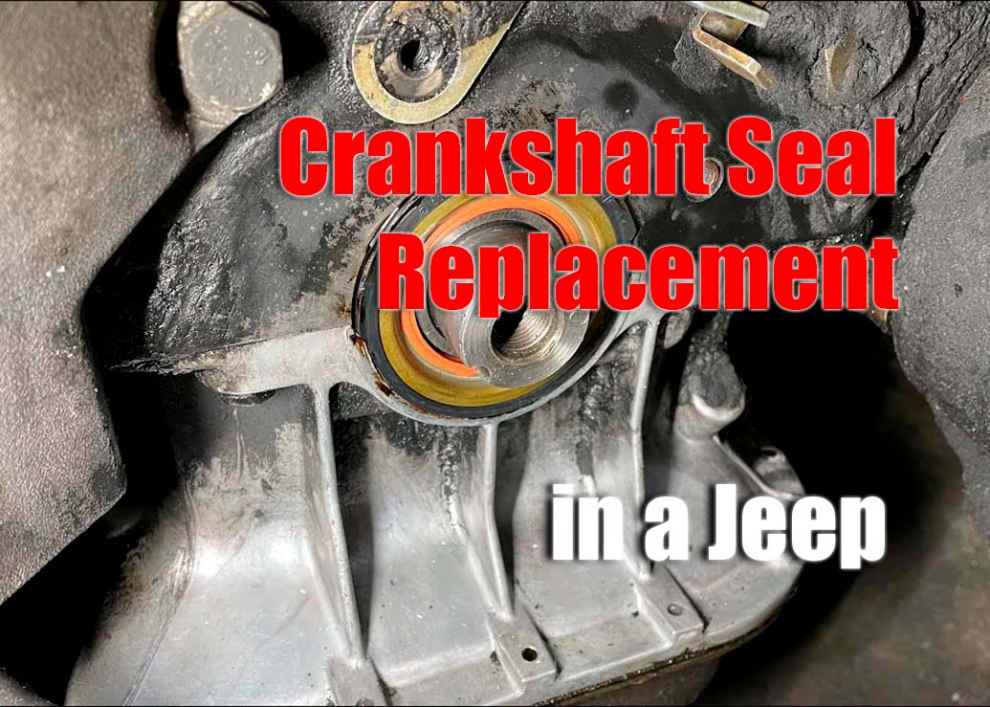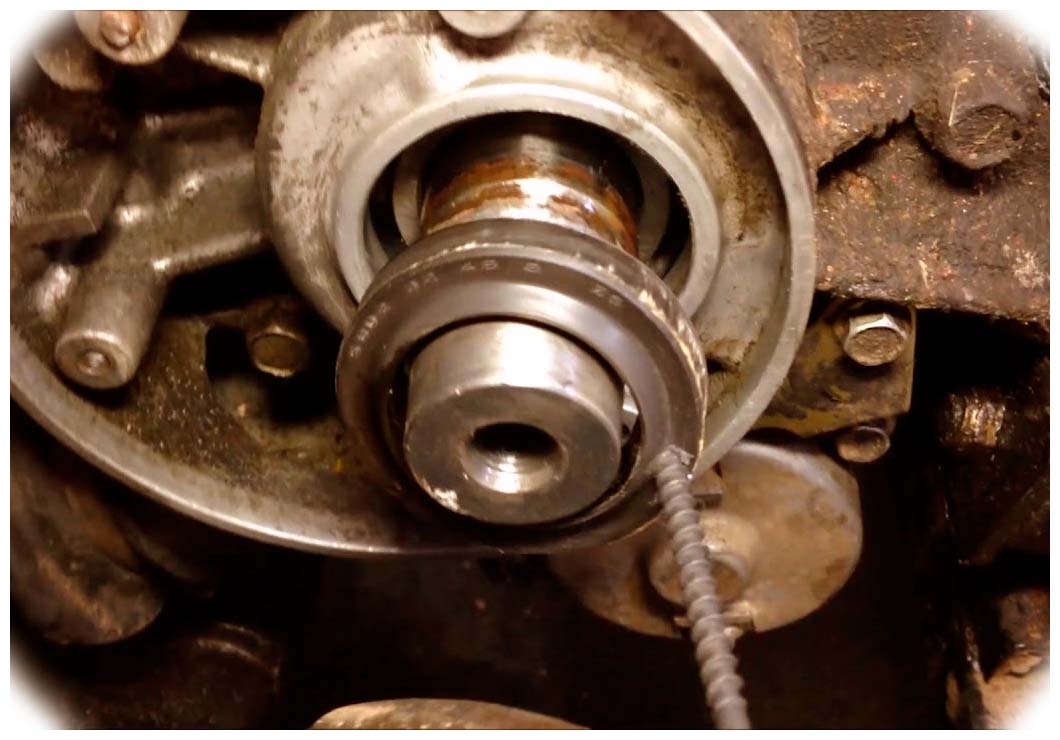The crankshaft seal is an important part of any vehicle engine, as it seals off the oil passage between the crankshaft and the transmission components. In a Jeep, this seal is located at the front of the engine near the flywheel. If this seal gets worn or damaged, it can cause oil leakage and other issues in your Jeep. Replacing a crankshaft seal on a Jeep can be a complicated process, but with this comprehensive guide, you will be able to do it safely and successfully.
Tools and Materials Needed
To replace the crankshaft seal on your Jeep, you will need these essential tools:
- Ratchet wrench set
- Socket set
- Flathead screwdrivers (2)
- Pliers
- Hammer
You will also need to purchase a replacement crankshaft seal that is specifically designed for your model of Jeep. You should consult your owner’s manual or local mechanic for advice when selecting which type of replacement seal you need for your specific model of vehicle.
 Preparing for Crankshaft Seal Replacement
Preparing for Crankshaft Seal Replacement
Before beginning work on replacing the crankshaft seal, make sure your Jeep is parked on a flat and level surface. Your engine should be cool before beginning the process, so allow it to sit for at least 10-15 minutes after driving it. Make sure you have all the necessary tools and materials gathered and ready to go.
Step-by-Step Procedure
Once you are prepared, the following step-by-step guide can help you successfully replace your crankshaft seal.
- Drain Engine Oil: Before removing the damaged crankshaft seal, ensure that all the engine oil has been drained out of your Jeep. To do this, locate and remove the oil drain plug located near the bottom of the engine block. Use a wrench or socket set to remove it and allow any oil to drain into an appropriate container for disposal.
- Accessing the Crankshaft Seal: Locate and remove any components that may be blocking access to the crankshaft seal including any hoses or parts connected to it. You may need to unbolt some parts at this step as well.
- Removing the Damaged Seal: As carefully as possible, use a flathead screwdriver to pry off the damaged crankshaft seal from its housing in the engine block. Take care not to scratch or damage any of its surrounding parts in the process of removal.
- Cleaning the Crankshaft Area: Once you have removed all traces of the old seal, use a wire brush or rag with some degreasing solvent to clean up the crankshaft area. Ensure that it is thoroughly dry before proceeding to the next step.
- Installing the New Seal: Place the new crankshaft seal in its housing, making sure that it is properly aligned and seated correctly. Use a hammer to tap it in place, making sure not to hit too hard or else you may damage the seal or surrounding components.
- Reassembling the Components: Once you have tapped in the new seal, replace any bolts and hoses that were removed during the process of accessing and replacing the old one. Finally, refill your engine with oil according to your Jeep’s specifications.
Tips and Troubleshooting
When replacing the crankshaft seal on a Jeep, it’s important to be aware of some tips and troubleshooting techniques to ensure a successful repair. Here are some tips and troubleshooting steps to consider:
-
Make sure that the replacement seal is properly aligned and seated before hammering it in place. If you do not seat it properly, you may experience oil leakage.
-
Before refilling your engine with oil, make sure to replace your oil filter as well.
-
If you find that the seal is difficult to remove, try using a pair of pliers or an adjustable wrench to loosen it from its housing.
-
If you are having trouble locating any components that need to be removed for access to the crankshaft seal, consult your owner’s manual or local mechanic for help.
Conclusion
Replacing a crankshaft seal on a Jeep can be complicated and requires a certain level of technical know-how to achieve success. However, by following this comprehensive guide and considering any tips and troubleshooting advice mentioned above, you should be able to replace your crankshaft seal safely and successfully on your own.

 Preparing for Crankshaft Seal Replacement
Preparing for Crankshaft Seal Replacement
Add Comment